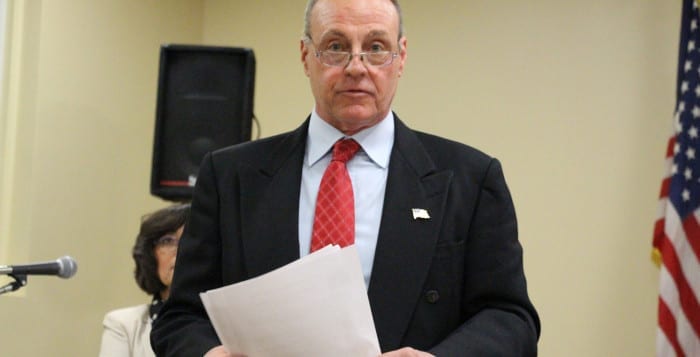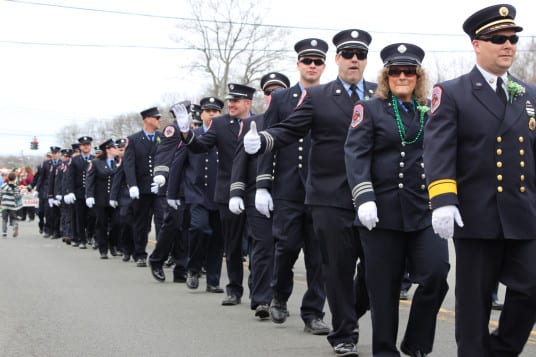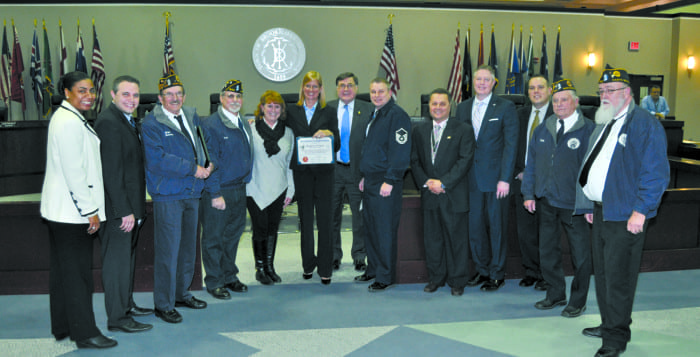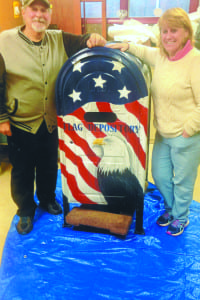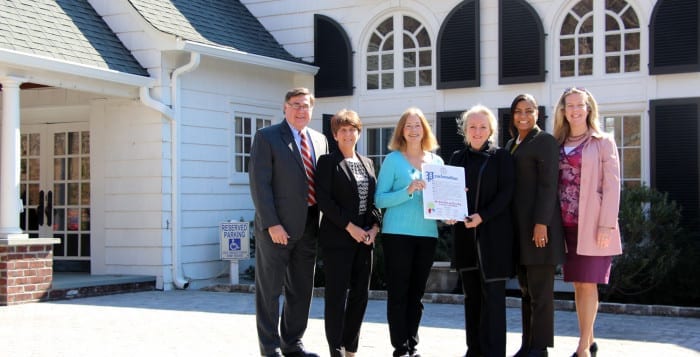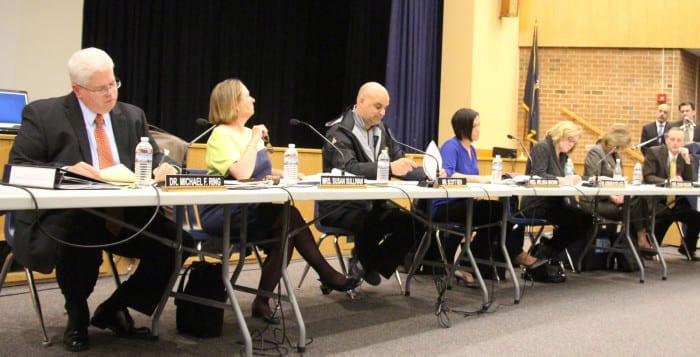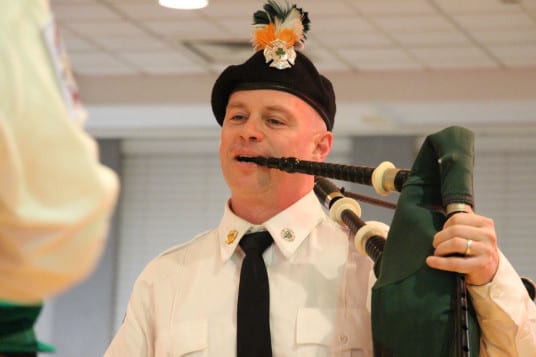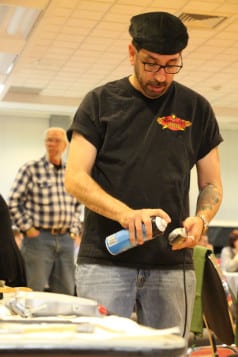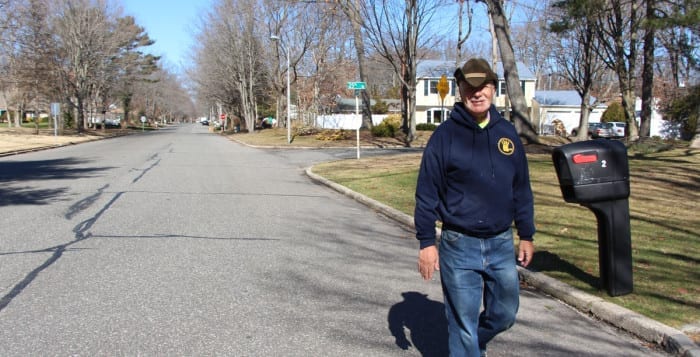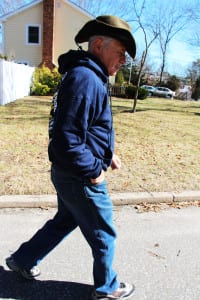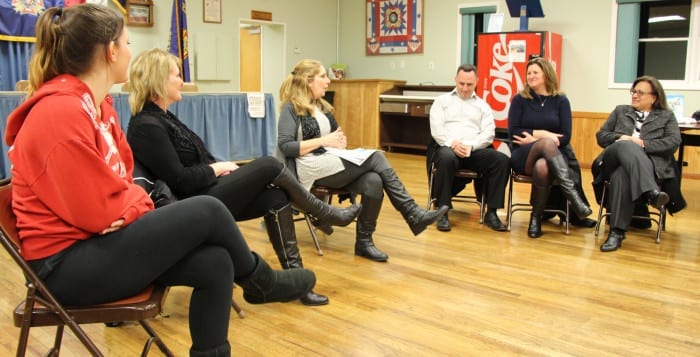With the polls open, residents have little time left to decide how to cast their votes. Last week’s candidate forum could help.
Former school board member Joe Sabia and incumbents Jerry Maline and Damon McMullen, who are all vying for two seats on the Northport Village Board of Trustees, discussed taxes, stormwater and more during a debate on March 8 at the Northport American Legion Post 694 Hall.
Maline and McMullen are each running for a third term.
Although Maline’s opening statement touched upon drivers speeding in the area and geese in village parks, residents were more concerned about why the village continues to pierce its tax levy cap in the annual budget.
Although the state mandates a fluctuating cap on how much municipalities can increase tax levies, a local board can override the cap and approve a budget above the limit with a supermajority of votes, or 60 percent. This year, the Northport board has proposed to pierce their 3.27 percent cap, for a new budget total of $20.4 million.
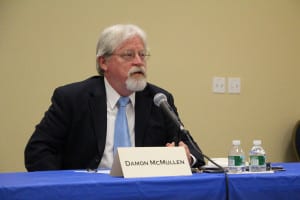
Maline said piercing the cap, and increasing taxes above the limit, would accommodate residents’ desires for village services.
“The facts are the facts,” Maline said at the event. “We don’t want to lessen your service. All the input I have from the residents [is] that you want the services to remain the same.”
The incumbent added that a lack of community participation makes it harder to come up with different ideas of addressing residents’ needs without increasing the budget.
“It’s a conglomerate of ideas, it’s not just ideas of people on the board,” Maline said.
For his part, McMullen said using reserve funding instead to offset a tax increase would negatively affect the village’s finances in the future.
Sabia felt the opposite. He proposed using reserve money to help keep taxes at bay and prevent the village from piercing the cap.
“My point would be to go through every single budget line item and every category in there and see what we can absolutely … reduce or make sure we’re not paying for duplicate services,” Sabia said.
While some residents continued pressing the candidates about taxes, other asked about the village’s rain garden plans.
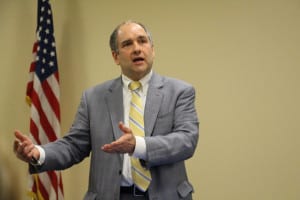
In light of flooding in the area, the village has sought to establish a rain garden along Main Street. The garden would help catch the first inch to inch and a half of rainfall and filter out harmful chemicals in the process. According to McMullen, the village is currently waiting on a $500,000 grant to fund the garden, and is looking at ways to add catch basins for even more stormwater absorption.
“This is a method that’s been used around the country and it has been very successful,” he said of the rain garden.
Maline said he would continue to attend and participate in board meetings even if he is ousted from his seat. McMullen thanked residents for attending and said he hopes to upgrade the bathroom sinks in the village’s park, among other projects.
Sabia has his own agenda if elected, which includes maintaining handicap access to the parks, securing grants from the state to get more LED lights and maintaining the village’s sidewalks and roads. But his main focus remained on securing lower taxes for the village.
“You have to remember, we have a National Grid lawsuit against us. We have school districts that want more money from us,” Sabia said. “When you start to override the tax caps, it becomes a very, very dangerous thing because that means you’re raising your taxes higher than the rate of inflation.”
Voting is open until 9 p.m. at Northport Village Hall.

